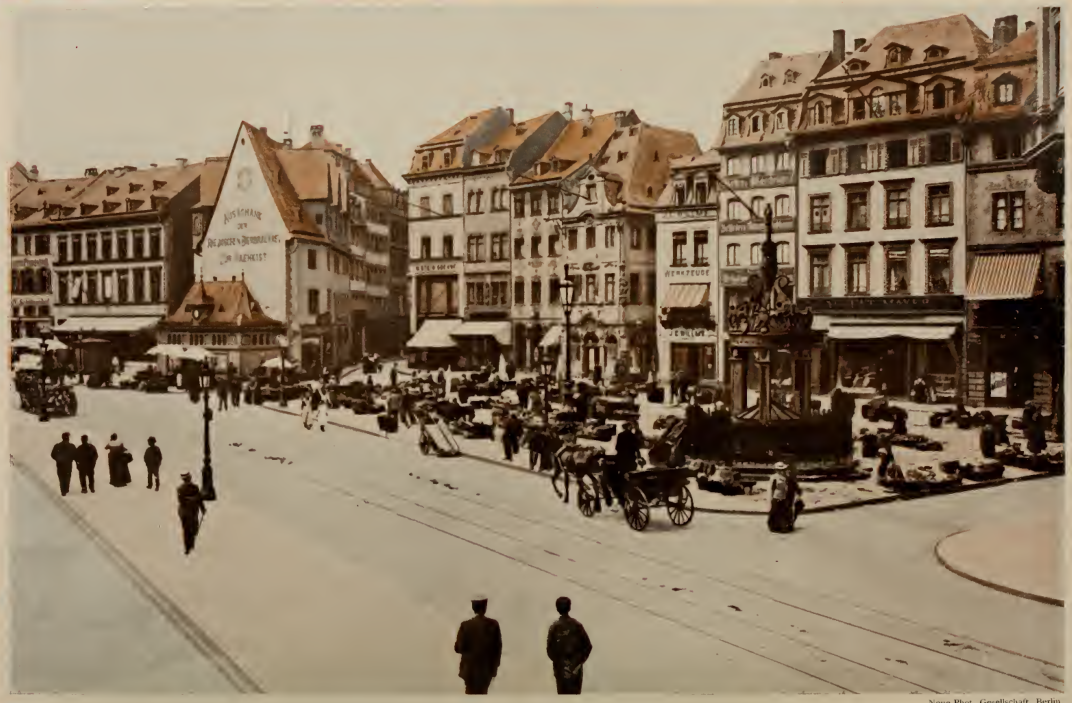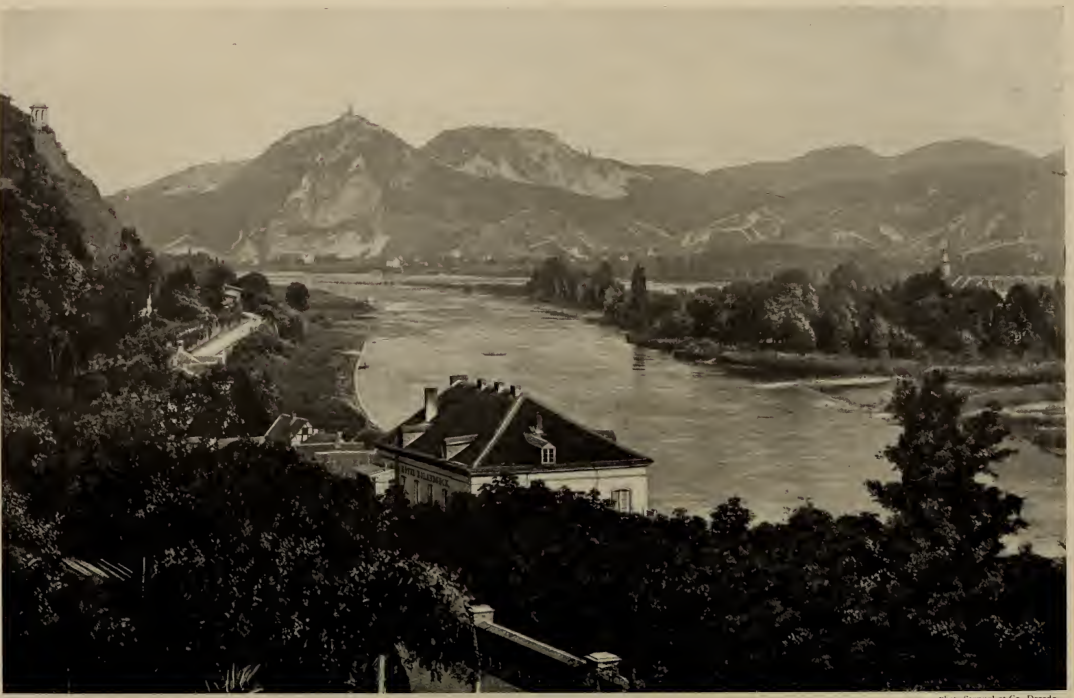Germany in 1912: Images 91 to 100
Sunday, June 08, 2014
 |
| The wooden tower. -- Among its curiosities, Mainz counts this medieval tower in an interesting style. |
 |
| The cathedral (east side). -- A Romanesque church with three naves with two domes each flanked by two tours. It contains treasures of all beauty. |
 |
| The Iron Tower, another Mainz curiosity. In a Gothic style, this iron tower, edging on modern, has a pleasing effect. |
 |
| Mainz, marketplace. -- It is this place, one of the oldest in Mainz, that France's soldiers of the revolution planted the "tree of liberty" which since vanished. |
 |
| The Niederwald, situated on the right bank of the Rhine, is famous for its hills covered with the famous Rudesheim vineyards. One can see above, minuscule here, the gigantic monument of Germania. |
 |
| Bingen, on the banks of the Nahe, forms the border between Hesse and Prussia. Here is the chapel of St. Roch and the Klopp Castle with its modern tower. |









0 comments:
Post a Comment